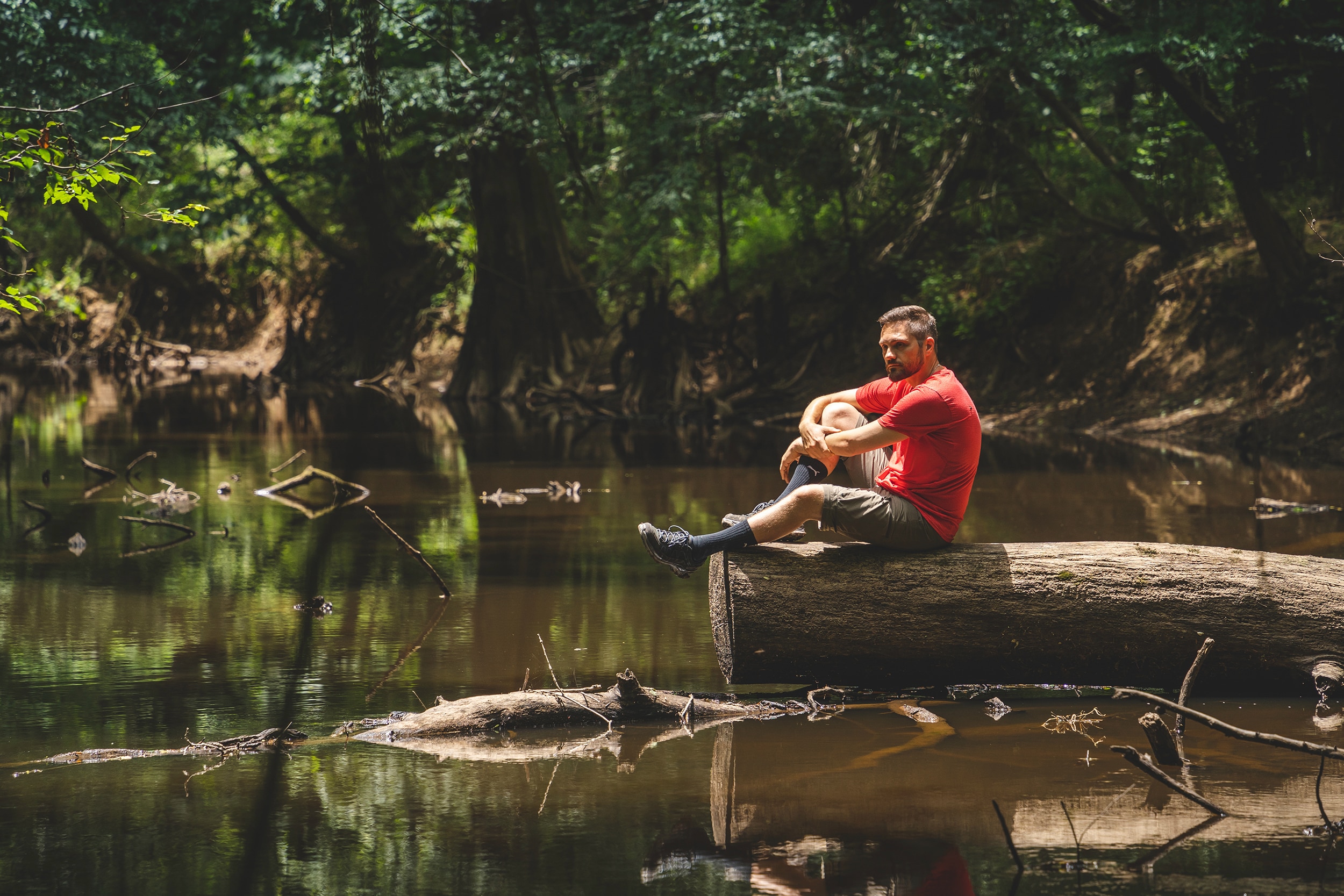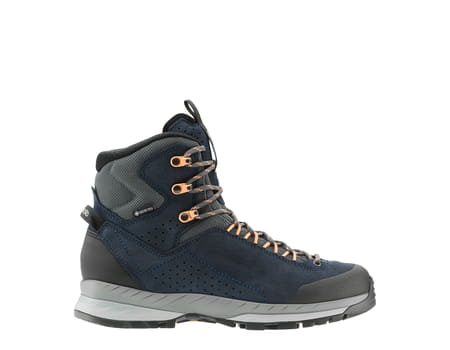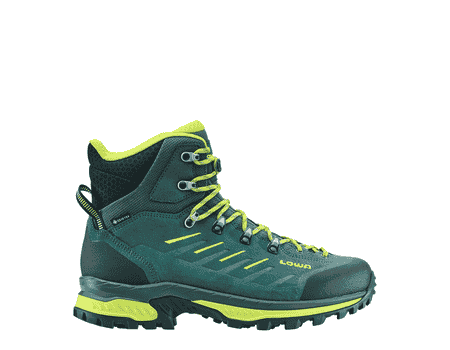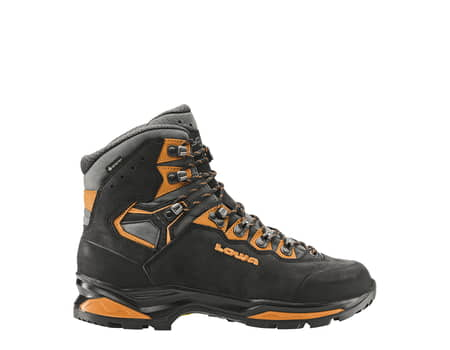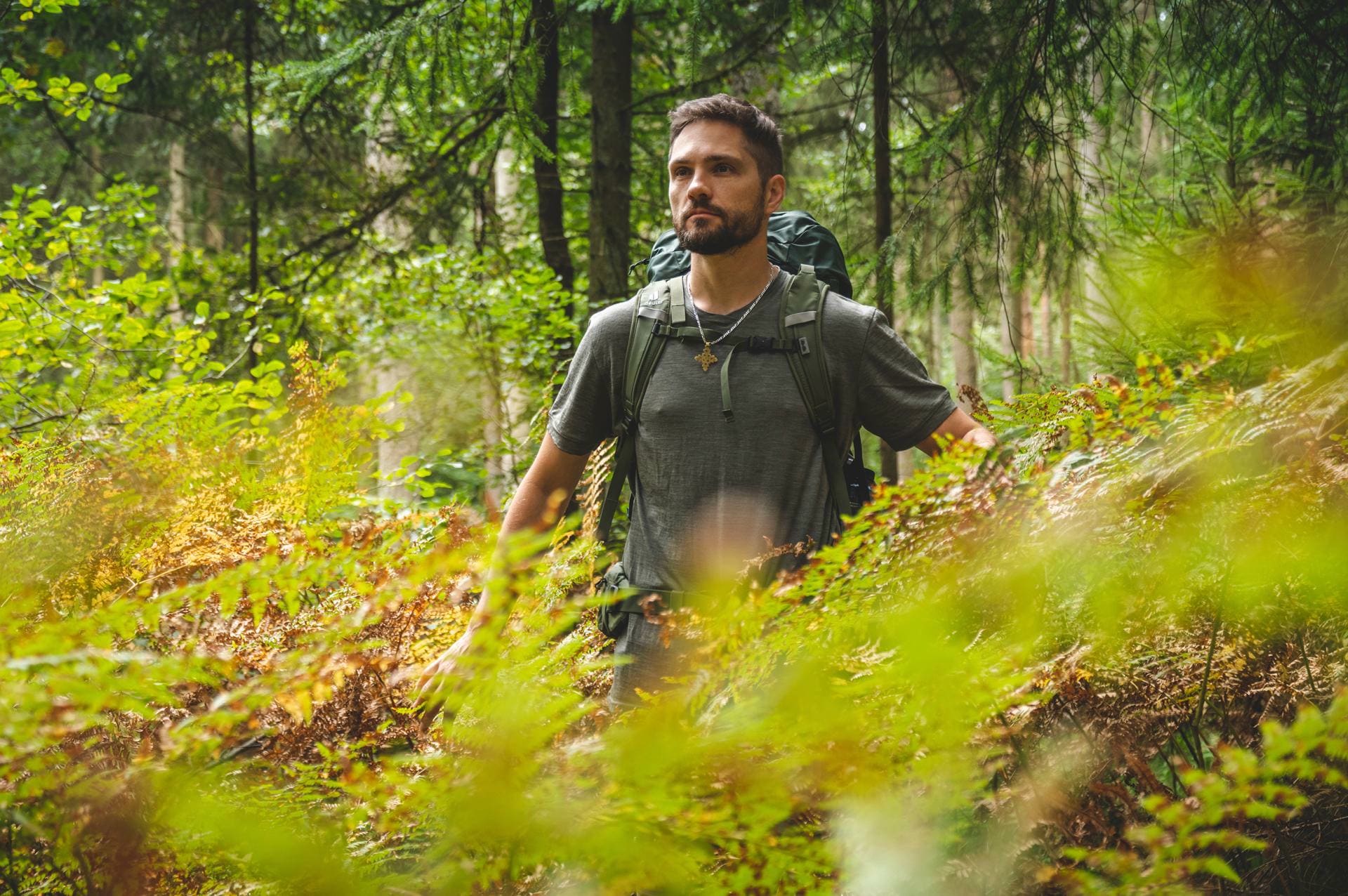You can paddle through the Congaree by canoe - or hike. The 10,700-hectare national park is characterised by flood and fire. Both can be experienced here: unique, ancient hardwood riparian forests that are home to numerous champion trees and one of the most biodiverse forests in the nation, as well as upland pine forests where fire plays a key role in their health and survival.
Wetlands, oxbow lakes, lakes, marshes and slow-moving streams dot the region, providing a home for fish, amphibians and other aquatic life as well as bald cypress and water tupelo trees. Gentle slopes in some areas create a range of different ecosystems that support a variety of plants, mammals, reptiles, birds and insects as well as ancient giant oaks and massive incense pines. We start on the boardwalk south into a magnificent floodplain of bald cypress trees that can grow to over 42 metres tall, reach a trunk circumference of 10.5 metres and live for over 1,000 years.
On the Weston Lake loop, we pass the lake of the same name, which is home to a few turtles, a copperhead snake and even alligators. We continue along the south-eastern section of the Oak Ridge Trail, which leads us to the River Trail and the Congaree River itself. If you walk the long routes in the Congaree, you have to watch out for flooded areas, fallen trees and wind breaks. On the way back, we pass black vultures in green swamps, through which the evening sun casts gentle rays. After 21 kilometres, we are back at the starting point of the biosphere reserve, a true gem of South Carolina.
